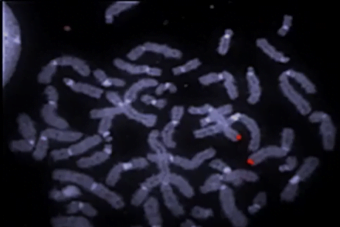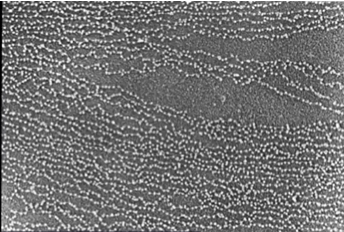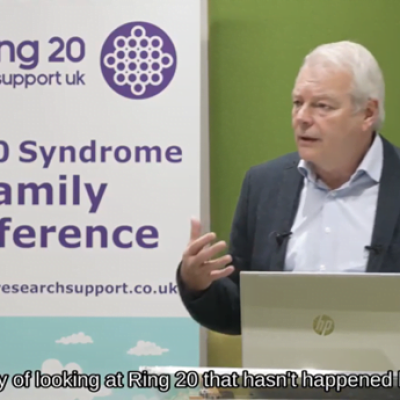If you’ve been following our UNRAVEL series Genetics 101 you should by now be familiar with what a ring chromosome looks like under a microscope – yes, you got it! One of more of each pair of chromosome 20’s appear as a circular shape.
Here we are looking at our Chromosomes in quite low resolution – so (cytogeneticists) can only see unexpected changes in limited detail.


Genomics techniques can see at a much higher resolution, so can see down to the detailed strands of DNA in our cells.
The order of the letters of the DNA in our bodies has been mapped to a specific order, or sequence of a healthy human – the human genome.
Genomic sequencing techniques can compare the billions of letters in the sequence of a person’s DNA against the expected sequence in a healthy person. Super computers can spot anything from a small spelling mistake, to whole sentences or paragraphs missing, duplicated, or listed out of order for example.
Where the letters don’t match the expected sequence it can sometimes lead to health problems in that person.
That's what we are trying to do for r(20), and for everything else
David Bentley Illumina Inc
In the short video clip below, David Bentley explains that the world of genomic sequencing is quite new, it’s only been developed in the last 10-15 years, hence working with Illumina now opens up a whole new world, or new lens, for looking at r(20) that hasn’t happened before.
Who knows what we might discover on this new journey together?









